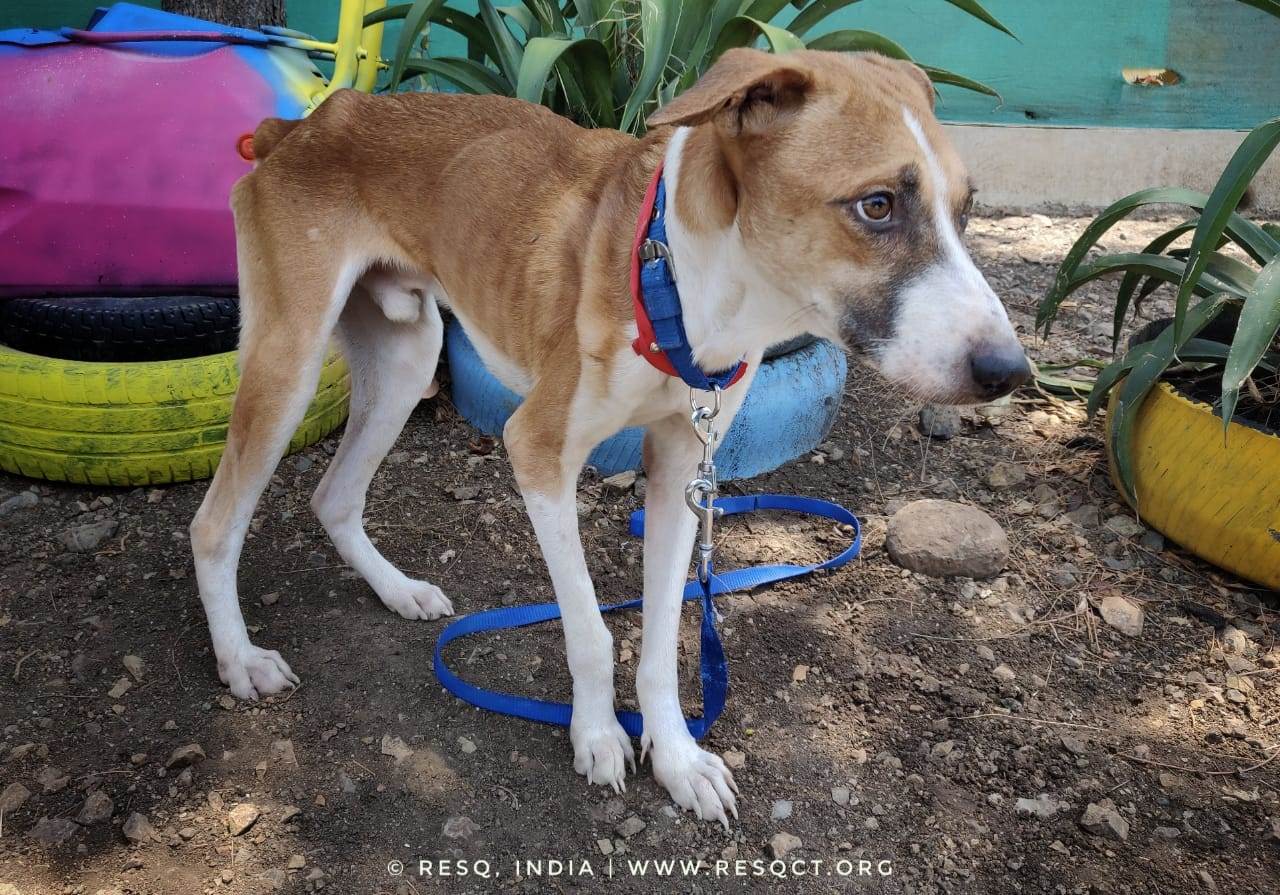Just like people, pets can suffer from anxiety too. We need to start a dialogue about mental disorders among animals, because these traits are usually what prompt people to abandon their dogs!

Did you know that just like humans, pets can suffer from anxiety, too?
It has become increasingly common to see posts pop up on Facebook where someone wants to give away their dog because they are too loud or destructive. So common, in fact, that one no longer even feels the urge to rave and rage and suggest that these callous, to-be abandoners even try to work on their pet’s temperament or behaviour. Sadly, several households choose to get a dog merely as a form of social status or to be ‘on trend’ with absolutely no understanding of what it takes to raise a dog. But it isn't just that the act of abandonment itself is such a heinous crime against a fellow living being: in order to effectively understand and (hopefully) prevent this, conversation also needs to focus on the causes and repercussions of abandonment.
For instance, think about how taboo mental health issues are amongst people today. It is seen as some sort of failing or shortcoming instead of it being effectively addressed. Then again, at least we humans can speak up about it and choose to seek help. Animals, on the other hand, are mute and cannot tell us what the matter is; and at the end of the day, the common denominator is that no person or pet will be able to get over their mental disorder, regardless of what it may be, without a strong support system.

Akki was an abandoned pet who suffered from anxiety but overcame his fears with lots of love and care at RESQ Charitable Trust
In order to spread more awareness on the subject, I’d like to share some of the common symptoms of anxiety in pets.
Some of the symptoms of anxiety in pets are:
- Panting
- Avoiding eye contact
- Heightened sense of awareness
- Pacing
- Choosing to urinate or defecate where they shouldn’t despite being potty trained or litter-trained
- Disproportionate aggression
- Hiding in corners
- Shivering
- Disinclination to have food or water
- Increased vocalization
If you recognise these signs, chances are that your cat or dog does have anxiety. If possible, try to isolate the cause or the trigger. Is it due to the presence of a new person? Has the environment around the animal changed? Perhaps a transient upset like a thunderstorm or a wedding procession could be the trigger. Like us, our pets, too, become attuned to a routine and the slightest change in this routine upsets them because they may not be able to comprehend the change. You need to speak to a trainer or behaviorist if you are concerned about your pets’ actions. Patience will bring results more often than not.

The RESQ Rehoming Centre team providing some mental and emotional enrichment in the form of games and obedience training
We need to start a dialogue about mental disorders among animals. Because these traits, when they start becoming unwelcome or uncomfortable for us to deal with, is what prompts people to start abandoning their dogs. This is why it is repeatedly said that bringing a pet home is not something one should do on a mere whim. Cats and dogs could live up to 18 years of age. That’s 18 years of supporting an entire living organism’s needs! Food and shelter are (of course) primary needs, but we also need to be there for our pets and companions in their times of emotional and mental shortcomings.
I hope this article proves helpful and will offer some clarity regarding pet anxiety and mental health!